Up next for our collector interviews we have local artist Bete Smith. Bete has loads of cool hip hop albums along with a great collection of local indie music. I have been after Bete for a long time to get this interview and it was sure worth the wait. Also be sure to check out Bete Smith's great new songs from his upcoming EP Foxwitches on Soundcloud by clicking HERE!
Introduce yourself!
Name: Bete Smith
City/Town: Fredericton, NB
Maritime Vinyl (MV) - What do you collect? Vinyl; CD’s;
Cassettes; 8 tracks; bootlegs; music memorabilia; magazine; etc..
Bete Smith (BS) - Mainly vinyl, though I do have a small
bunch of EPs and albums on CD simply because the music isn’t available on
vinyl.
Canadian indie LPs: records by bands I know – C’Mon, …And the Saga Continues, and Hard Charger (my brother Tom’s band)
MV - Do you prefer one audio format more than
others? (example: vinyl more than cd’s)
BS - I prefer vinyl, for a few reasons. To me, the large jacket and artwork make
records feel simultaneously more delicate and more official, if that makes any
sense. Vinyl just seems like it’s worth
archiving and caring for, whereas a CD could be left under the floor mat of
your car for six months and still look/sound the same when you re-discover it.
C’Mon colored: “Bottled Lightning of an All-Time High” LP by C’Mon, with screen-printed sleeve and insert
I also like being able to see the grooves
in the record, especially since this can be a fun way of discovering the
instrumental breaks or interludes on a record without ever putting the needle
to the vinyl. Can’t say that about any
other format.
MV - How big is your collection?
BS - Approximately 200 vinyl records, a few 7”
singles and about 50 CDs.
MF Doom LPs: “MM…Food” by MF Doom, “The Mouse and the Mask” by Dangerdoom, and “Madvillainy” by Madvillain
MV - Do you concentrate your collection on one
or more artists in particular?
BS - My goal is to eventually possess my
favorite album (or 2) of each of my favorite artists. However, there are a few artists who make a
larger “contribution” to my collection: Prince, High on Fire, Flying Lotus and
Stevie Wonder, to name a few.
MV - What is the first album you remember
purchasing? Do you still have it?
BS - The first album I remember purchasing is a
cassette of the soundtrack to the movie Teenage Mutant Ninja Turtles. Good stuff on there – very much of its time,
with the new jack swing sound.
Mastodon colored: “Leviathan” LP by Mastodon
However, the first album I bought which
really made a difference in my life as a musician and music lover is the album
“Lethal Injection” by Ice Cube. I bought
the cassette while on a trip to the US with my elementary school band. I was nearly eleven years old and convinced
one of the chaperones on the trip to take me to the Sam Goody store in this
strip mall while the other kids ate lunch at McDonalds.
Iron Fist seven inch: a split 7” record released by my former band, Iron Fist, along with tunes from Hard Charger
That tape opened my eyes to a type of music
that I hadn’t been exposed to at that time, even though I had been listening to
a lot of what radio called “urban” music for the previous couple of years. This stuff definitely wasn’t getting any air
time in Atlantic Canada, so it was brand new to me.
Hip hop LPs: “Desire” and “We Are Renegades” by Pharoahe Monch and “It Takes a Nation of Millions to Hold Us Back” by Public Enemy
I refused to let the other kids listen to
the tape on my Walkman, because I knew they couldn’t handle the lyrical content
and would rat on me to their parents or to one of the chaperones. So, I spent most of the week-long trip
studying that Ice Cube tape and wondering what else I had been missing.
MV - What is your favorite item in your
collection?
BS - Two records come to mind, neither of which
is particularly rare or valuable, and both of which I purchased this year.
“Voodoo” by D’Angelo stands out because
I’ve wanted the record for years but it hadn’t been reissued on vinyl since its
release in January 2000 (I believe only 500 were originally pressed, which
isn’t a whole lot for a multi-platinum selling album) and copies were going for
over $100 on eBay. It was rereleased in
December 2012 with new liner notes on nice, heavy vinyl and it sounds
great.
High on Fire colored: my favorite LP of all time, “The Art of Self Defense” by High on Fire
The other is “The Art of Self Defense” by
High on Fire. This one was reissued a
couple of times over the years but I didn’t like the way it had been done, with
new artwork, etc, and it was still hard to find on ebay, etc. It was reissued in 2012 by Southern Lord
records, who did a great job of remastering the album and collecting the
original album demos, as well as a couple of bonus tracks from the first
reissue. It was pressed on double vinyl
(some are colored – I got the brown version) and it sounds amazing. This is my #1 favorite album of all
time. To my ears, it’s the heaviest music
ever put to record.
MV - Do you still actively collect or was this
something you concentrated on in the past?
BS - I still actively collect, but I try not to
go overboard with spending. On average,
I probably buy 1-2 records per month.
Sometimes more, if I find some interesting stuff at the flea market or
something.
Evidence colored: “Cats and Dogs” double LP by Evidence
MV - What is your preferred way of adding to
your collection? Shopping online? Flea Markets? Independent music stores? Etc…
Any favourite store or websites?
BS - I really like spending my money at
independent stores, but find that they often don’t have what I’m looking for,
and special orders for records from the UK, reissues from the US, etc, can take
a long time to arrive, if they ever do.
Most of the time I buy from amazon.ca,
because the prices are good, the shipping is cheap (often free) and they often re-stock
hard to find items that go out of print quickly upon release.
Flea markets are great for finding strange
and unusual records, which is great for me as I like to search for “sampler
fodder” for making tunes on my computer.
The weirder the record, the better, as I like to sample from material
that almost no one would recognize, even before I do my thing and chop it all
up, rearrange it, change the pitch, the speed, whatever.
MV - How do you store your collection? Shelves?
Boxes? Your attic?
BS - I store my records on a shelf that my dad
made while he was in shop class in high school.
The shelf has some miles on it, but I have no intention of ever using
anything else to store my records.
MV - Does your significant other support your
collection? Did you have to convince him/her?
BS - My wife supports my collection, though she
would usually prefer to listen to music on her laptop. She has good taste, though, and can
appreciate when I finally get my hands on something I’ve been looking out for.
MV - What is on your “wish list” at the moment?
BS - I’m looking out for a couple of things by
Curtis Mayfield (Curtis, Superfly), as well as the Kinks (Village Green,
Something Else, Arthur). Mainly, though,
I’d like to get my hands on “The Cold Vein” by a hip hop group called Cannibal
Ox.
Heavy LPs: “De Vermis Mysteriis” and “The Art of Self Defense” by High on Fire and “Leviathan” by Mastodon
MV - Do you ever miss the days when it was a
challenge to buy some albums? Now you can find virtually anything online! Is it
getting too easy?
BS - I’m glad it’s getting easier to find things
on vinyl. Just wish I had more places,
locally, where I could search for odd, used records. Bargain bin stuff.
MV - Do you know any other collectors?
BS - I know a few collectors, but rarely get a
chance to flip through their collections.
I honestly don’t know what most of them collect.
MV - I have never met a “selective” collector
quite like you before. Most people strive to have all the albums by an artist
that they like, yet you always want a select few albums by any artist. What
made you become such a minimalist when it comes to collecting?
BS - This mostly comes down to my eclectic taste
in music (and all things, really). I
enjoy so many different styles of music that I don’t have a lot of time to
spend on any one type. So, I usually
have a few “go-to” albums for any given mood I may be in. A few heavy records, a few blues, a few soft
R&B, a few funky R&B, hard hip hop, “out there” hip hop, etc.
If I had a massive collection of any one
artist’s stuff, I would still only reach for my 3 or 4 favorite records by that
artist.
MV - I know that home recording is a big passion
of yours. What would you classify your home recordings as? (rock? Techno?
Electronic? Jazz?)
My music covers a lot of different styles,
but mainly I’d say it’s in the hip hop vein, with some influences from house
and psychedelic rock sneaking in there. Sounds
weird, but I think it works.
MV - Do you ever use samples from vinyl records
in your songs?
BS - Most of my tunes include samples, though I
make a point of never just looping a portion of a record (many of my favorite
hip hop records were made this way, so no disrespect). I prefer to choose a section of a record,
chop it up into pieces and then play the different little “slices” on my MIDI
keyboard, so that I can rearrange the tune and make it my own, so to
speak. Some of my tunes use a few
portions of the same record, filtered and then layered over one another; while
others include samples from several different records.
Rare finds: rare import LPs collected for sampling
MV - Does vinyl have any advantage over digital
when you are using samples for recordings?
BS - Everything I use is edited in the computer
anyway, so the only difference for me is the added noise (warmth?) that you get
from using certain records, which can add character to feel of a tune. Crackle, hiss, the sound of the needle dropping
onto the table – these can all add character to a tune.
MV - Do 45’s give you more of an advantage over
LP’s? (or vice versa)
BS - I don’t really have a preference, though I
know a lot of serious record diggers would tell you that 45s are where it’s at
due to the number of rare drum breaks that are only available on 45.
MV - Do you submit your recordings to labels or
upload them to websites? Or are you home recordings private?
BS - My stuff isn’t intentionally private, but I
haven’t actually shared any of it publically.
I plan on doing so in the near future, though. (UPDATE - some songs now available)
MV - How did you get introduced to home
recording?
BS - My first exposure to this stuff was in the
production studio at a local radio station.
My dad would work on various things for the stations and I would sit in
with him and watch what was going on. Sometimes
I would help with manual cues on tape reels, sound fx CDs, etc. This was all before computer automation
became an industry standard, so it helped to have an extra set of hands in the
studio.
The other person who really influenced me
is my friend Dave, who I played with in a band for six or seven years. Dave would record all of our EPS and albums
onto his computer and then we would all sit down and work out the mixing stage
together. That taught me a lot about
equipment, mixing, and most of all the ease with which you could learn to
create your own recordings without any outside help or influence.
MV - I imagine your recording skills have grown
a lot over the years. Where do you learn new techniques and ideas?
BS - Most of my early-stages learning was derived
from reading online production forums and watching tutorials on Youtube. Over the past couple of years I’ve learned a
lot more from experimentation. It also
helps to choose a few favorite albums from different genres and decide what it
is about the production on that particular record that you like or
dislike. My focus for the past 12 months
has been working understanding the processes that went into creating my
favorite hip hop LPS circa 1988-1996.
MV - Does getting into home recording require a
large financial investment?
BS - Of course you would need to invest in a few
things to start off, but you could certainly choose a more expensive hobby than
music production. The money required
really depends on what type of recording you would like to get into. To make electronic music on the computer, for
instance, you would primarily need a decent computer, DAW (digital audio
workstation) software, something for monitoring your audio (decent studio
headphones for beginners, near-field studio monitors for advanced mixing) and
it helps to have a MIDI keyboard, to avoid having to try and play your laptop
or computer keyboard like an instrument.
MV - You introduced me to some albums that I
would not have normally picked up in the past, for example the “Flying Lotus”
album (see review here). Do you have any obscure albums that you would recommend to our readers
to check out that fall under a similar category as “Flying Lotus”?
BS - If anyone is interested in checking out
Flying Lotus, I always recommend the “Los Angeles” LP. That one is just gorgeous-sounding but it
also hits you in the gut if you play it loud.
Flying Lotus LPs: When the Quiet Comes, Cosmogramma, and Los Angeles
It’s hard to think of any similar-sounding
albums, so I’ll just recommend a few others that possess that combination of
beautiful melody and powerful impact:
Actress – “Splazsh”
Shabazz Palaces – “Black Up”
TV on the Radio – “Return to Cookie
Mountain”
Burial – “Untrue”
Outkast – “Aquemini”

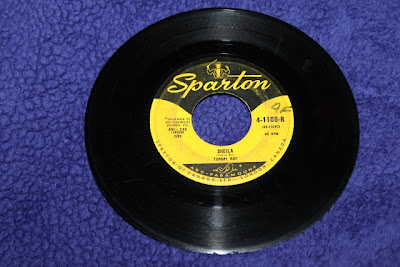.jpg)
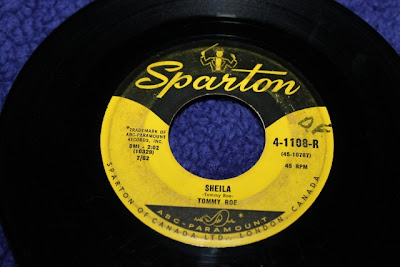.jpg)
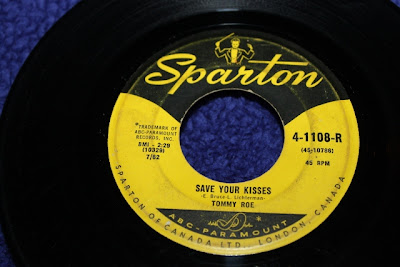.jpg)
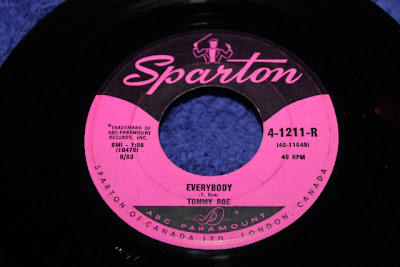.jpg)
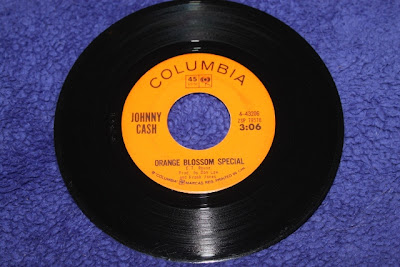.jpg)
.jpg)
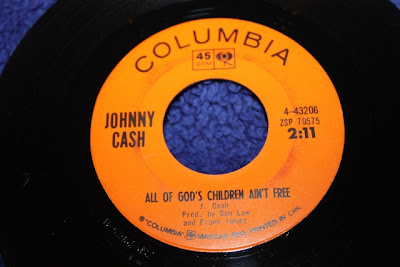.jpg)

.jpg)
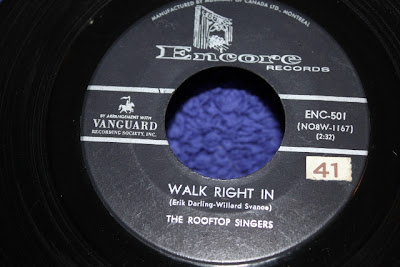.jpg)
.jpg)
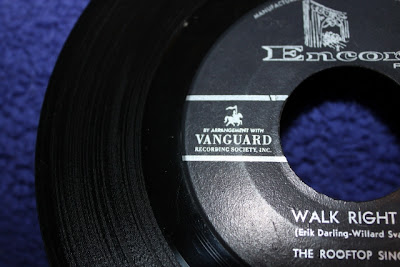.jpg)
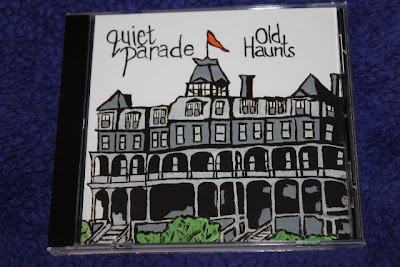.jpg)
.jpg)
.jpg)
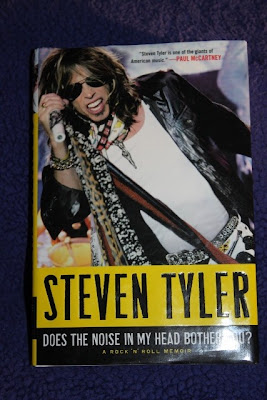.jpg)
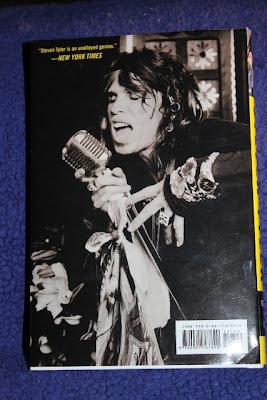.jpg)
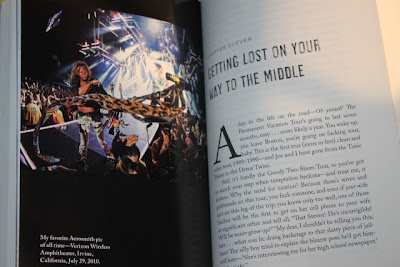.jpg)
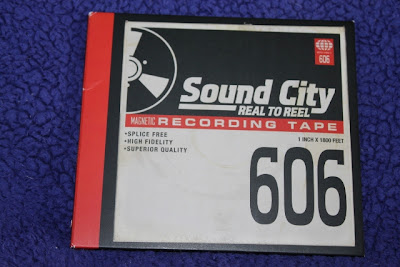.jpg)
.jpg)
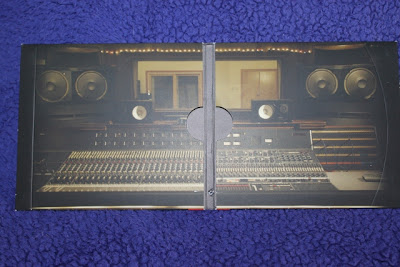.jpg)
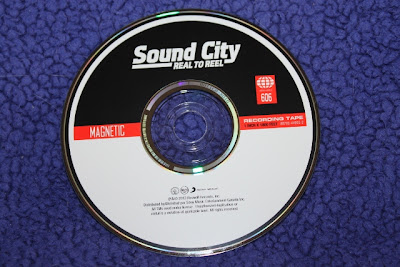.jpg)
.jpg)
.jpg)